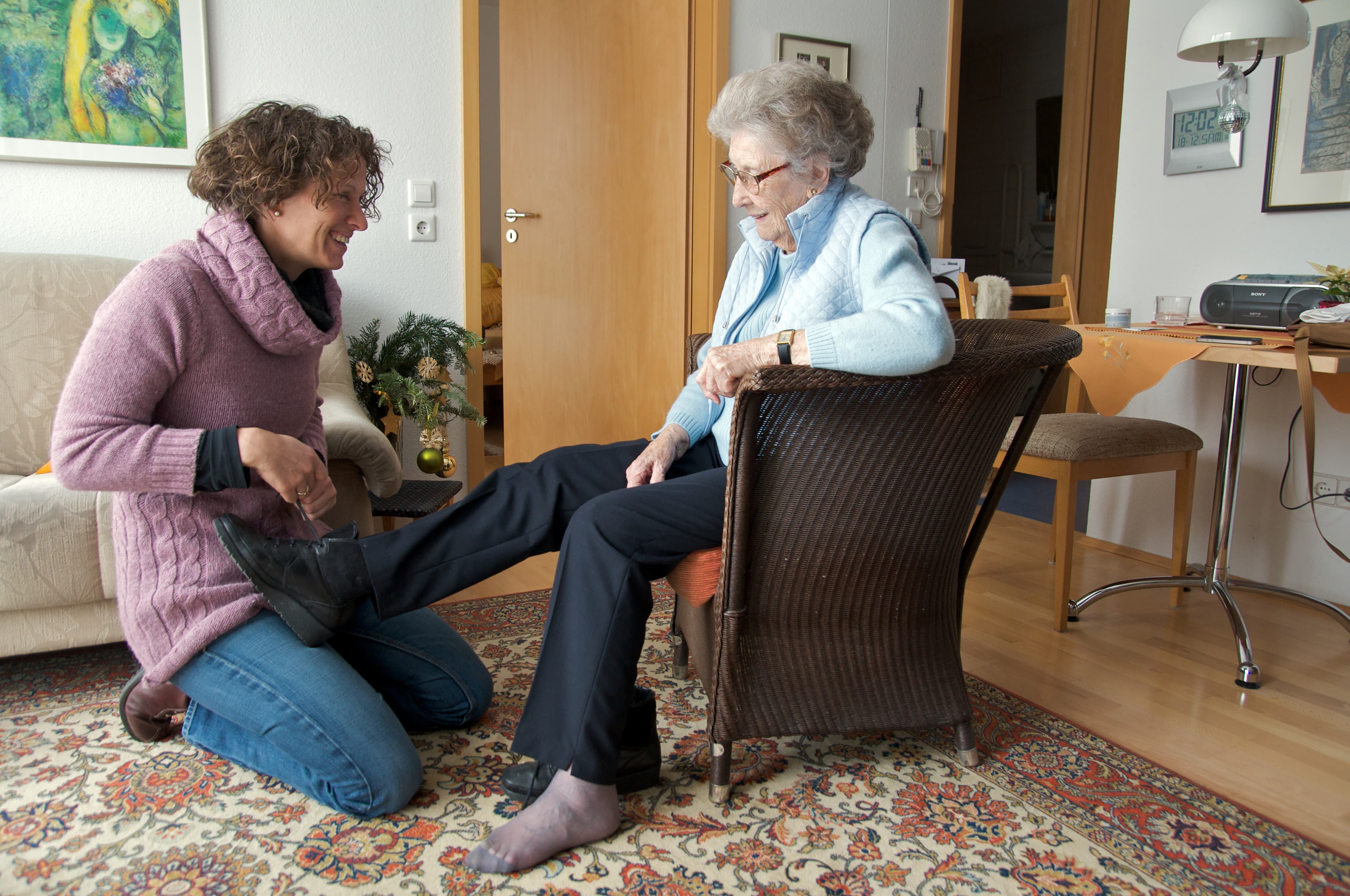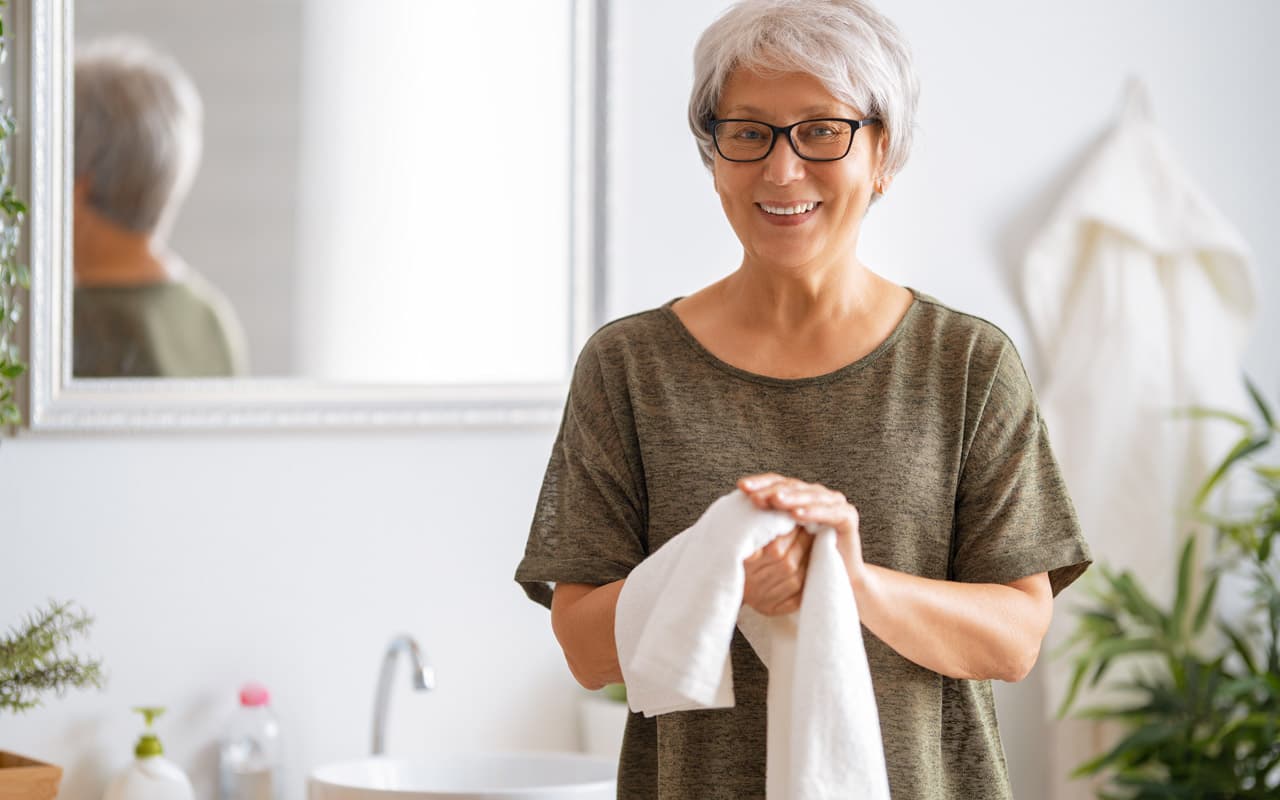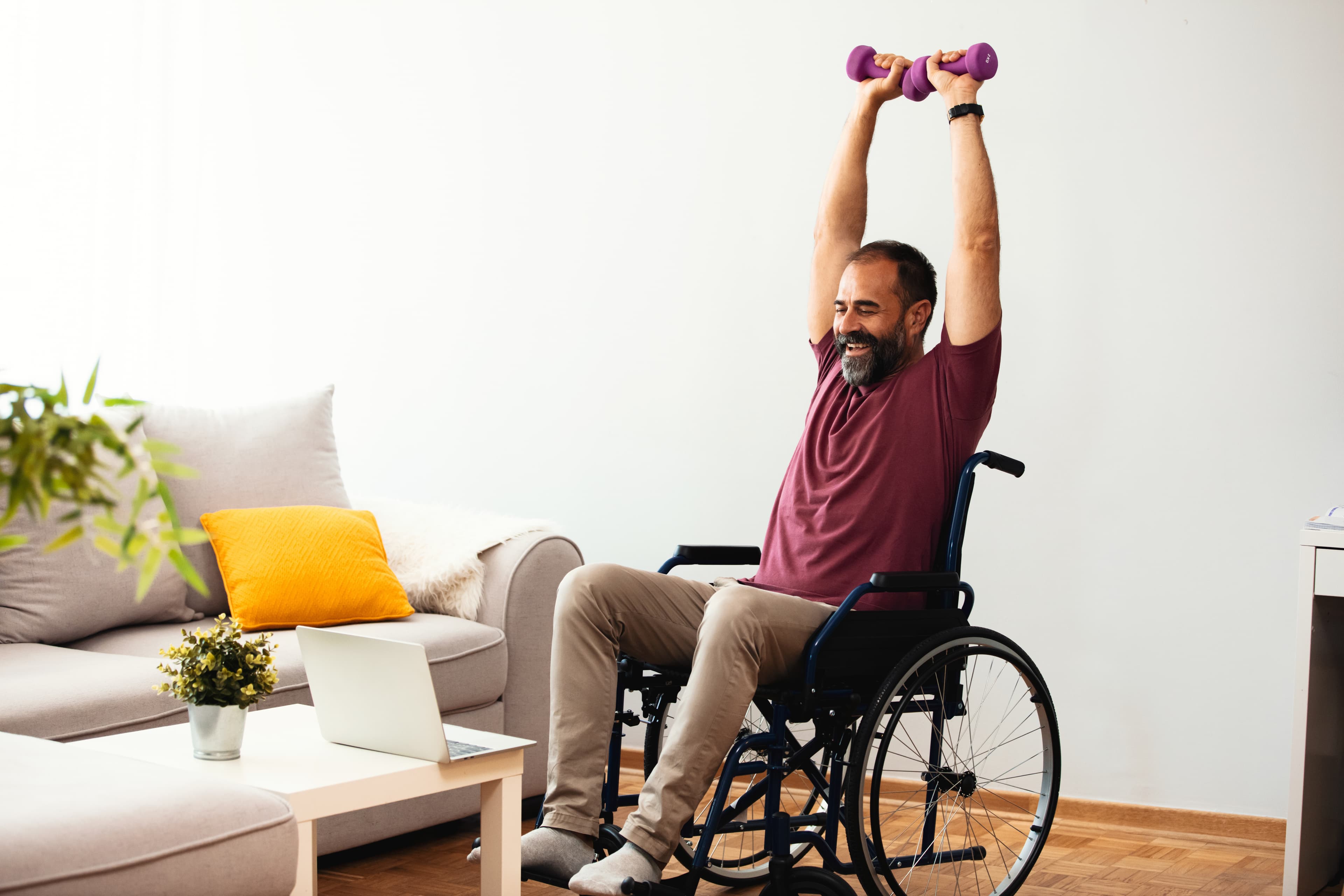Older adults are susceptible to many health conditions that can cause swelling or tightness of the skin on the legs, a condition known as peripheral edema. While peripheral edema is usually not serious, it can be a sign of an underlying health problem. So if you're noticing that your legs or the legs of a loved one are starting to swell more than usual, it's important to understand what's happening and what you can do about it.
This article will discuss what peripheral edema is, its symptoms, and its causes. We will also provide some tips on treating and preventing peripheral edema and warning signs that mean you need to seek medical care.
What is peripheral edema?
Peripheral edema is the medical term for swelling of the extremities (hands, feet, ankles, and legs) due to the build-up of fluids in these tissues. This can cause the affected area to feel tight, heavy, or full. In most cases, peripheral edema affects the lower legs and feet.
What are the symptoms of peripheral edema?
The most common symptom of peripheral edema is swelling in the feet, ankles, or legs. This swelling may worsen throughout the day and improve at night when you elevate your feet above heart level.
Other symptoms of peripheral edema may include:
A feeling of tightness in the skin (shoes may feel tighter if edema occurs in the feet)
Abnormal pitting (an indentation that remains after pressing on the skin)
Skin that stretches easily
Shiny skin on the affected limb
Pain or tenderness in the affected limb
Warm skin on the affected limb
Achy or heavy feeling in the affected limb
Restless leg syndrome
Difficulty walking
What causes peripheral edema?
Many conditions can cause peripheral edema, some common and some more serious. Therefore, any new edema should be addressed with a doctor right away so more serious underlying causes can be ruled out.
Common causes of peripheral edema include:
Venous insufficiency: Venous insufficiency is when your veins struggle to send blood from your limbs back to your heart. Venous insufficiency can be caused by many different things or have no specific underlying cause.
Standing or sitting for long periods: When you stand or sit for long periods, gravity pulls fluid from your blood vessels into your leg tissues. Over time, this can lead to swelling.
Eating too many salty foods: Having a lot of salt signals your kidneys to hold onto more water in the body to compensate for the extra sodium. The extra water retention often results in swelling, especially in the extremities.
Certain medications: Some medications can cause fluid retention by interfering with how your body gets rid of sodium and water. These medications include nonsteroidal anti-inflammatory drugs (NSAIDs), estrogens, tricyclic antidepressants, corticosteroids, and some heart medications.
Varicose veins: Varicose veins are twisted, enlarged veins often visible beneath the skin's surface. They commonly occur in the legs and feet and can cause fluid to leak from these veins into surrounding tissues.
More serious causes of peripheral edema include:
Congestive heart failure: Congestive heart failure is a serious chronic condition in which the heart does not pump blood through the body efficiently. Peripheral edema is very common in people with congestive heart failure.
Cirrhosis (Liver Scarring): Cirrhosis is a condition of the liver that's caused by different types of liver diseases like hepatitis or by long-term alcoholism. Liver scarring can cause disruptions of blood flow and water retention that cause edema.
Kidney disease: Diseased or damaged kidneys have difficulty getting rid of extra fluid and sodium in your body. The excess build-up of fluid and sodium often causes edema in the legs.
Damaged lymphatic system: The lymphatic system plays a big part in clearing excess fluid from your body. As a result, it's common to experience edema if you've had lymph nodes removed due to lymphatic cancer or have a disease of your lymphatic system.
Protein deficiency: Protein deficiency causing edema is rare because the deficiency would have to exist to an extreme degree throughout an extended period. Though uncommon, you or your older loved one should be aware of this possible cause if they are a long-time vegetarian or vegan.
How to treat and prevent peripheral edema
You can do many things at home to reduce or prevent swelling from peripheral edema.
Elevate your legs
Whenever possible, elevate your legs above heart level for 30 minutes at a time, several times a day. This will help reduce pressure on your leg veins and allow fluid to flow back into your blood vessels.
Exercise regularly
Exercise helps pump fluid from your extremities back toward your heart. It also helps tone your muscles to support your blood vessels better and reduce pressure.
Wear compression stockings
Compression stockings are specially designed to apply gentle pressure to your leg veins and help keep fluid from leaking out of these veins into surrounding tissues.
Avoid standing or sitting for long periods
You may notice edema getting worse the longer you sit or stand in one position. If you're able, try to move your legs throughout the day and shift positions frequently. Additionally, try to avoid crossing your legs when sitting down.
If you have limited mobility, having a caregiver move your legs or assist in helping you stand a few times a day can help prevent edema. Raising wheelchair footrests can also help prevent edema in wheelchair users.
Follow your doctor's instructions
If you have been diagnosed with a condition that increases your risk of developing leg swelling (such as heart failure or kidney disease), follow your doctor's instructions carefully and take any prescribed medications as directed.
When to seek medical care for peripheral edema
In most cases, swollen legs due to conditions like venous insufficiency or limited mobility that make it harder to move around during the day are not serious. It usually resolves on its own with home treatment measures like elevation and compression stockings.
However, there are some cases where swollen legs can indicate a more serious underlying condition like heart failure or kidney disease. Therefore, if you are experiencing severe leg swelling (particularly if accompanied by shortness of breath, chest pain/pressure, and intense or increasing pain in the extremity), seek medical attention immediately, as this could be a sign of a life-threatening emergency.
You should also see your doctor if the edema is new or if current episodes of edema worsen, even with home treatment.



